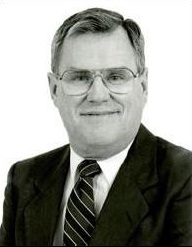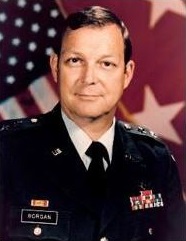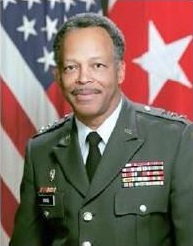Mr. Victor J. Ferlise

Mr. Victor J. Ferlise served as the Deputy to the Commanding General for the U.S. Army Communications-Electronics Command (CECOM) from 1992 until his retirement in 2007. Mr. Ferlise was the first civilian to fill the role of Deputy, and during that timeframe, he oversaw the development of the "Team Fort Monmouth" concept and its transition to "Army Team C4ISR."
During his CECOM career, Mr. Ferlise compiled a record of accomplishments that significantly influenced warfighting capabilities. His tireless pursuit of innovation and improvements in work processes resulted in significant increases in effectiveness and efficiency throughout the command. He created the blueprint for the U.S. Army's Logistics Modernization Program, which completely transformed the Army's supply chain management processes and enabled automation.
His embrace of Lean/Six Sigma principles resulted in the development of software for the U.S. Army's Financial Management Disclosure System, which was implemented Army-wide in 2006 and is now in use across the Department of Defense. His efforts dramatically improved the quality, timeliness, and efficiency of CECOM's support to the warfighter.
Watch Interview Video


